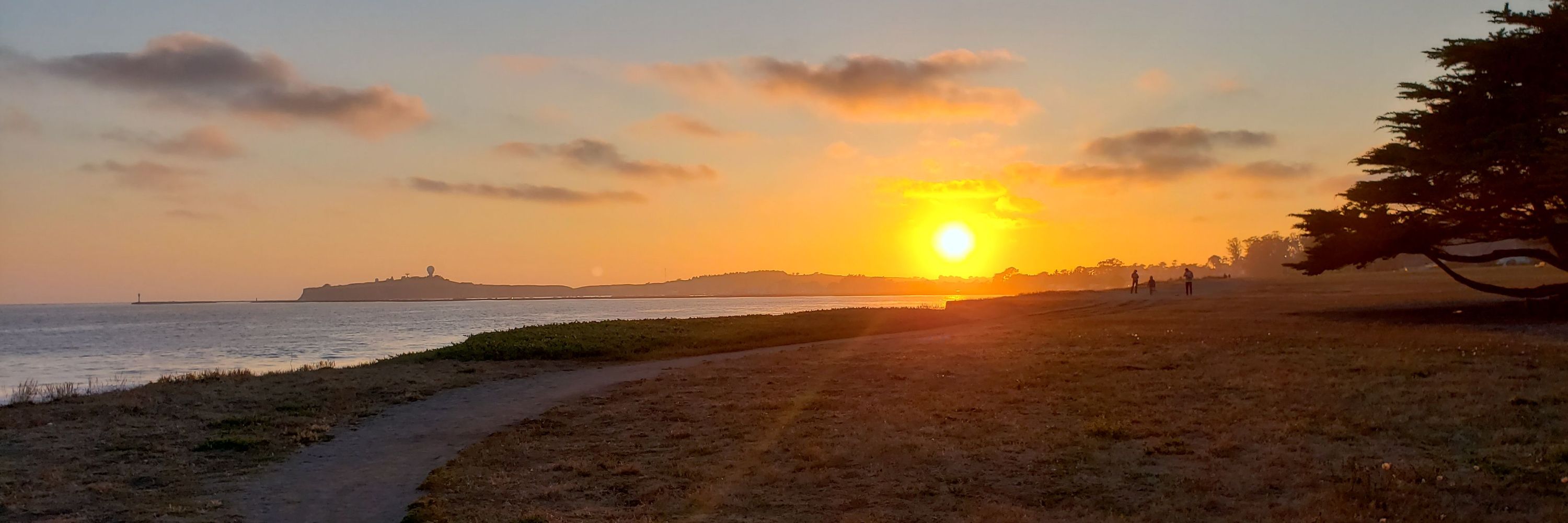
@magdalenammair.bsky.social @analeticiav.bsky.social, Stephanie Kennedy, Anna Kukkola, Ezra Miller, Andrew Yeh, Towsif Ahmed, Lidwina Bertrand, Andrew Barrick, Win Cowger, and Darragh Doyle
@magdalenammair.bsky.social @analeticiav.bsky.social, Stephanie Kennedy, Anna Kukkola, Ezra Miller, Andrew Yeh, Towsif Ahmed, Lidwina Bertrand, Andrew Barrick, Win Cowger, and Darragh Doyle
More to come soon! 🌎✨
More to come soon! 🌎✨
By harmonizing data across particle types, exposure conditions, species, and effect endpoints, we created the most comprehensive quality-assured dataset to date for microplastic ecological risk assessment (i.e., ToMEx 2.0)!
microplastics.springeropen.com/articles/10....

By harmonizing data across particle types, exposure conditions, species, and effect endpoints, we created the most comprehensive quality-assured dataset to date for microplastic ecological risk assessment (i.e., ToMEx 2.0)!
microplastics.springeropen.com/articles/10....

• Many studies lack the information needed to determine whether observed effects are real, reproducible, or relevant for risk assessment.

• Many studies lack the information needed to determine whether observed effects are real, reproducible, or relevant for risk assessment.
We found:
• A significant negative trend in study quality over time, despite more papers being published each year :/

We found:
• A significant negative trend in study quality over time, despite more papers being published each year :/
California State Water Board and CDPH.
Kudos to Toki Fillman and Kathleen Attfield for spearheading this groundbreaking work, and the many others who contributed!
waterboards.ca.gov/pfas/pfas_da...

California State Water Board and CDPH.
Kudos to Toki Fillman and Kathleen Attfield for spearheading this groundbreaking work, and the many others who contributed!
waterboards.ca.gov/pfas/pfas_da...
These links persisted even in communities without industrial PFAS sources.
#PFAS #DrinkingWater #PublicHealth

These links persisted even in communities without industrial PFAS sources.
#PFAS #DrinkingWater #PublicHealth

